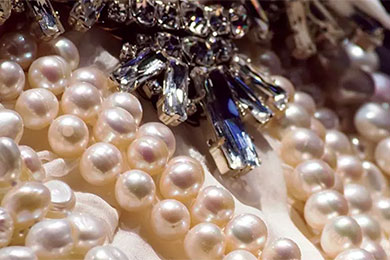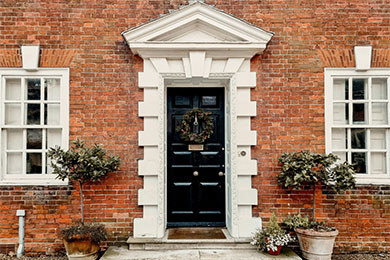- Businesses
- Individuals & Families
- Partnerships
- Brokers

Chubb Climate+ spans major industries, with a goal of enabling climate change progress in a meaningful way.


All Chubb policyholders are eligible for cyber services. Get the most value from your Chubb policy and schedule a consultation today.

In a complex world, Chubb’s support for multinationals and their brokers when choosing the right cover has never been more valuable.


As one of the world's largest providers of jewellery and fine art insurance, you can count on our unparalleled service and expertise, offering some of the broadest protection available.

As pioneers of using in-house appraisers to help clients establish the value of their property, and mitigate the risk of loss, our appraisal service is a key reason why owners of fine homes and high value possessions around the world choose Chubb

Build your business by providing the protection your customers need – it’s insurance for the new possible.

The seamless, secure, and scalable engine behind new possibilities for your company and customers.

-
About
About UsWho We AreFinancial & Regulation
- Claims
-
FCA Regulation
-
Contact
Chubb CareersComplaints
-
BackSuggested Searches
Jewellery is a notoriously difficult asset class to value, particularly if you don’t know exactly where it has come from. The more you know about an item of jewellery, the easier it is to determine its value. Often with heirloom jewellery you may not know the history and provenance of the item, particularly if notes and receipts weren’t left with it. This presents a particular challenge when valuing heirloom jewellery. In this article we’ll explain where to start.
Check for hallmarks
The 1973 Hallmarking Act makes it illegal to market gold, silver, palladium or platinum jewellery in the UK if it hasn’t been hallmarked. A hallmark is a stamp of quality and authenticity, signifying the purity and provenance of your jewellery. You may need a magnifying glass to make out the hallmark. If you don’t have one to hand, you could always try using a mobile phone app.
A hallmark consists of three main parts:
1. Maker’s Mark
The Maker’s Mark is a symbol which is unique to a particular craftsperson, or maker. The Mark consists of at least two encircled letters. No two marks are the same.
2. Fineness/Purity Mark
Precious metals used in jewellery will always be alloys; a mixture of one or more metals. This can be because an alloy is easier to work with, perhaps more resistant to corrosion, or because it is technologically impossible to achieve 100% purity due to contamination of a metal with other elements. The greater the proportion of the precious metal to alloying metals, the higher the purity. The Fineness Mark goes up to 999, which indicates the highest possible quality, 99.9% purity. The shape of the encirclement indicates the type of metal used.
3. Assay Office Mark
An Assay Office is where jewellery is tested and marked. In the UK there are four places where this takes place: London, Birmingham, Sheffield and Edinburgh. Each location has its own crest, or mark, for instance London’s leopard head.
Head to the UK government’s website for full guidance regarding hallmarking.
It’s possible that not all jewellery will be hallmarked, particularly older pieces dating from before 1973.
It’s also worth bearing in mind that the regulations surrounding hallmarks can vary from country to country. This guide is specific to the UK’s hallmarking conventions.
Once you’ve determined the value of your heirloom jewellery, it’s important to put adequate protection in place in case of damage, loss or theft. Find out more about Chubb’s valuable articles cover here.
For more information on Chubb in the UK click here.
All content in this material is for general information purposes only. It does not constitute personal advice or a recommendation to any individual or business of any product or service. Please refer to the policy documentation issued for full terms and conditions of coverage.
Insights and expertise




